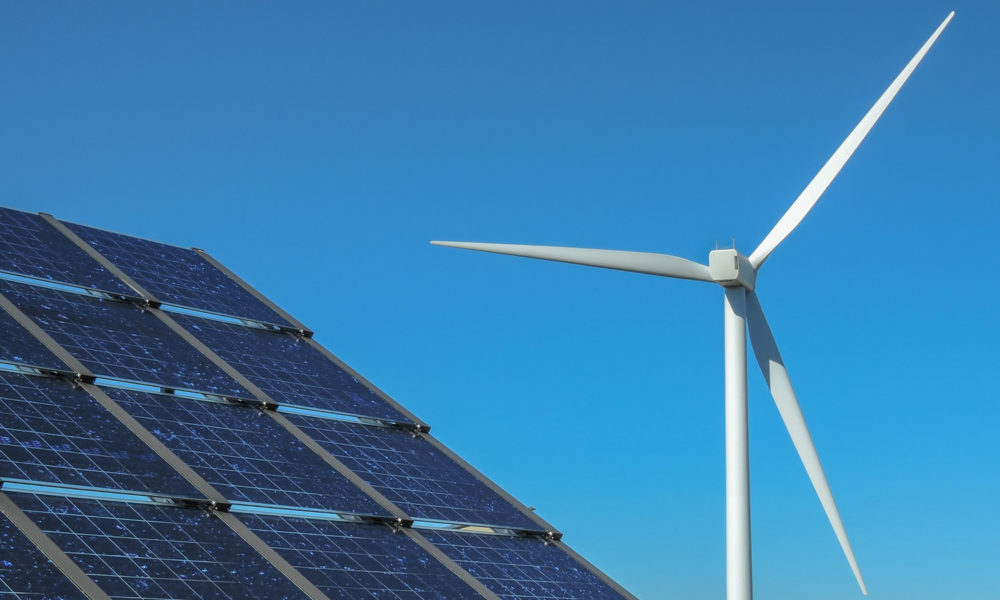Update: For readers interested in learning about issues and solutions related to the clean energy lifecycle, UCS has additional blog resources available here.
This is an introductory blog post in a series examining current challenges and opportunities for recycling of clean energy technologies. Covered in this series are solar panels, wind turbines, and energy storage batteries. Special thanks to Jessica Garcia, UCS’s Summer 2020 Midwest Clean Energy Policy Fellow, for research support and co-authoring these posts.
Clean energy technologies like solar, wind, and battery storage are growing rapidly in the United States and around the world, as their costs have fallen dramatically over the past decade. This is good news for reducing greenhouse gas pollution, improving public health, and keeping our energy system resilient and affordable.
However, while clean energy technologies have many benefits compared to burning fossil fuels, they still have environmental considerations that need to be carefully and responsibly mitigated or managed. Clean energy technologies require materials to build. And, like other equipment and machinery, they do eventually wear out and reach the end of their useful lives. The question is, what happens then?
Opponents to clean energy sometimes criticize it by citing to potential raw material constraints or existing gaps in recycling and end-of-use disposal options. The purpose of this blog series is to address some of those claims but also to focus on a key aspect of responsible clean energy advocacy: improving the reuse and recycling of clean energy components.
Climate change is a global existential threat, and the benefits that clean energy provide to reducing the emissions underlying that threat are undeniable. Equally important are the co-benefits such as improved human health outcomes from reducing fossil fuel use. But this doesn’t mean that additional considerations which come with the transition to a clean energy economy can or should be ignored.
The emerging technologies, policy improvements, and expanding market opportunities can help assure decision makers that the system, although not perfect at this moment, can collectively move in that direction. With the right enabling factors to support full life-cycle consideration of clean energy technologies, we can continue to rapidly deploy the technologies at increasing scale both responsibly and safely.
To learn more about the recycling considerations of specific clean energy technologies, please see the additional blog posts in this series on solar panels, wind turbines, and energy storage batteries.

